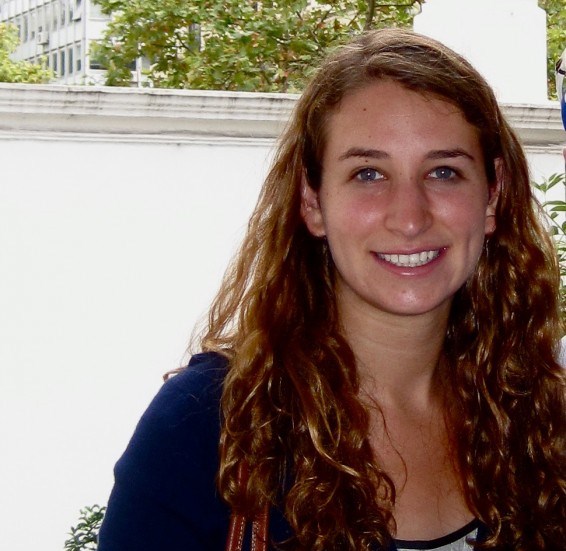Penny Peso for Your Thoughts: Finance in Buenos Aires
While the exchange rate for US dollars to Argentine pesos is 4:1, a more apt description of the financial situation for an American exchange student in Buenos Aires is really a Catch-22.
Just the other night, I went out to a nice dinner with friends and much to our surprise, the restaurant refused to accept any of our credit cards. To pay the bill, several of us had to leave the meal to go in search of a nearby “cajero,” or ATM (which are hard to come by in my neighborhood).
Since many shops, restaurants and bars do not accept credit cards, you must be prepared to pay in cash and the more exact your change, the better. For those few businesses that do accept credit cards, there is usually a minimum purchase required of at least $20-30 USD. As an alternative to plastic, you could carry just enough cash to pay for a meal; however, you risk losing it in the event of a purse snatching.
As an alternative to plastic, you could carry just enough cash to pay for a meal; however, you risk losing it in the event of a purse snatching.
So in lieu of credit cards or carrying large denomination bills, the simple solution to managing your daily expenses should be to maintain small amounts of cash on hand. However, paying with “efectivo,” or cash is also problematic because few Argentine merchants ever have enough currency to make change for your purchase.
Frequently, when you buy something and pay with 100 ARG pesos (the equivalent of $25 USD), the sales clerk will inquire “tenes algo más chico?” or, do you have a smaller bill? If not, they will ask if you have any bills that will help make exact change “tenes un de dos?”
Another common example of lack of change can be seen in taxi cabs, where the price is rounded to the nearest whole dollar. Once in a while, the cab driver may not have the right change, so you pay more or less than the quoted fare. Only last week, I hailed a cab and found that the first question the driver asked was not where was I going, but do you have change? When I replied that the smallest bill I had was 50 ARG pesos, the cabby told me I had to get out of the taxi because he didn’t have change.
While I have only been in the country for eight weeks, I have come to understand that the lack of small currency is prevalent throughout Argentina.
“Monedas,” or coins are particularly in short supply. Few and far between, monedas are doubly valuable because they are the only way, aside from having a mondero card—like a Charlie Card for the T in Boston— (another challenge to obtain because these are also scarce; I have tried every week to get one to no avail) to pay for the “colectivo,” or bus.
While I have only been in the country for eight weeks, I have come to understand that the lack of small currency is prevalent throughout Argentina. While I had heard about this from friends who visited previously, the practical dilemmas and chuckles it raises are new experiences for a student interested in economics. So what should the Argentine Treasury do to address this lack of cash? Simply print more money or mint more coins? What would that do to a nation known historically for inflation and which experienced sky-high inflation rates in 2001?
As much as I love Buenos Aires and am thrilled to be here, completing basic financial transactions even with a favorable exchange rate can prove challenging. So it’s two pesos for your thoughts…because one peso is hard to come by.









